
Church Agios Nikolaos, Tegea
Tegea, GR
.
Here you can search for a building to visit. You can use the map find destinations, or you can use the filters to search for a building based upon what different criteria.

Tegea, GR
.
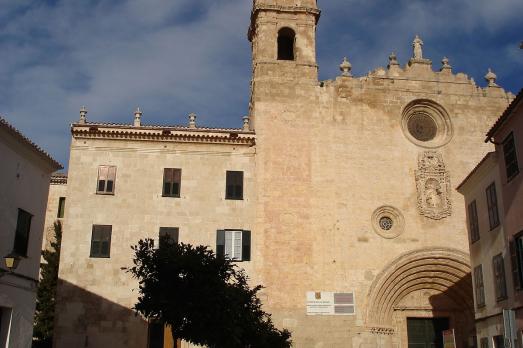
Maó, ES
The current building of the convent of Sant Francesc is located in a construction from the second half of the 17th century - beginning of the 18th century. Currently the temple is a parish church. The church has a single nave, decorated with arches, in a baroque style.
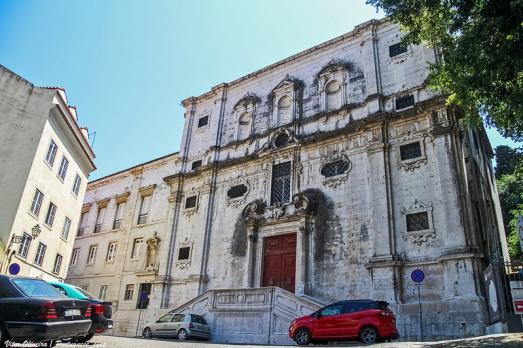
Lisboa, PT
The construction of the church began in 1711 with the support of King João V. It belonged to the Order of the Franciscans. The church miraculously survived the earthquake of 1755.
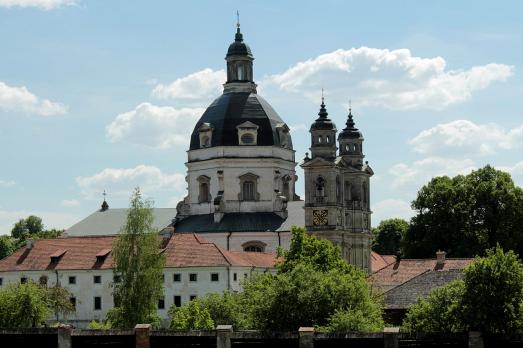
Kaunas, LT
The Pažaislis Church and Monastery is one of the most beautiful examples of Baroque architecture in Lithuania. Construction work was carried out from 1662 to 1712. In 1832, the complex was closed by the Russians and later converted into the Russian Orthodox Church. After 1920, the ruined church was returned to the Catholics. After the Second World War, the Soviet authorities transformed the complex into an archive centre, a psychiatric hospital and, in 1966, an art gallery. In 1990, the buildings were returned to the nuns and a restoration was undertaken.
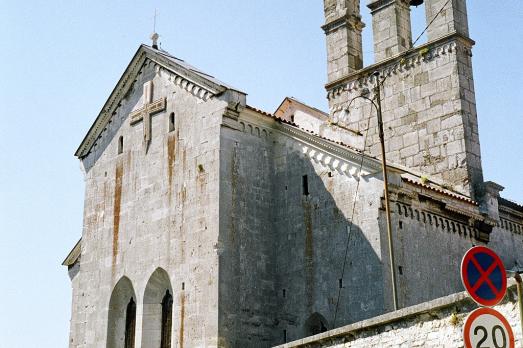
Pula, HR
This Franciscan monastery was constructed in the 13th century. The monastery complex contains a cavernous church featuring a 15th century gilded altarpiece. In addition to this, there is an elaborate Roman mosaic featuring a hippocampus, a mythical Roman fish-tailed horse.
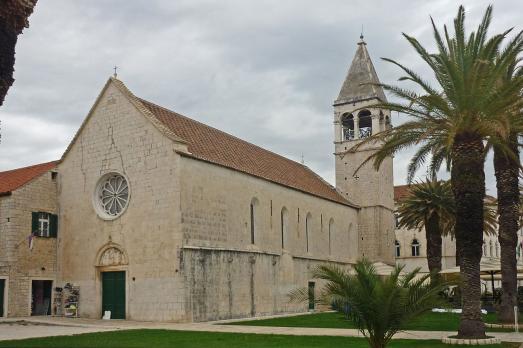
Trogir, HR
The church and monastery of St. Dominic were founded in the 13th century, but the church of St. Dominic was not completed until the 1370s and the cloister was built in the mid-15th century. This part of the monastery was badly damaged during the Second World War. The eastern wing of the monastery was renovated from 1974 to 1976, and the western wing was renovated by the Institute for the Protection of Monuments in Split.
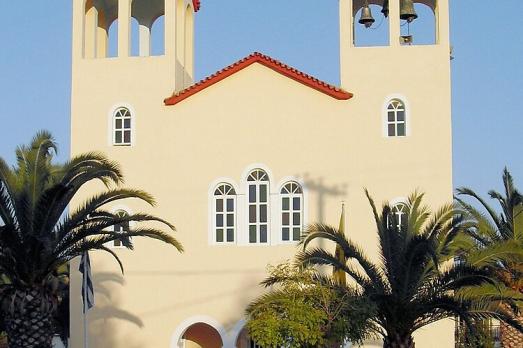
Foinikounta, GR
.
Ermelo, NL
The Church Centre was built as a complex of halls, based on a design by architect K. van der Meijden. Around 1958, the church council of the Reformed Church was confronted with a strong growth in the number of parishioners. The architect was commissioned to design a building that would be a meeting place in church life with opportunities for youth work, but also for cultural events. The first part of the building was put into use in September 1960. Church services were held in the largest room on Sundays, led by a local preacher or a guest preacher. It was not until 1963 that construction company JFN Andreae was commissioned to build a church hall. At the same time, he built a number of ancillary rooms. The whole was completed on 29 June 1963. The then president-churchwarden, Mr. A. van Wilgenburg Azn, was allowed to perform the opening ceremony by unveiling the memorial stone placed in the hall. The stone bears the inscription: "So that the generation to come may put their hope in God, not forget the works of God, but keep his commandments", Psalm 78: 6a and 7. The church hall with balcony offers space for 700 churchgoers. The stage on which the liturgical centre is set up has a surface of 75 m2. A sliding wall made of imitation leather has been installed between the church hall and the vestibule, which can increase the number of seats. The contractor realised this renovation for an amount of ƒ 450,000.00. The church hall was completely renovated in 1999. The liturgical centre was refurbished and the stained glass window was moved to a prominent place in the vestibule. This window, which was donated by a member of the congregation, depicts the parable of the Good Samaritan.
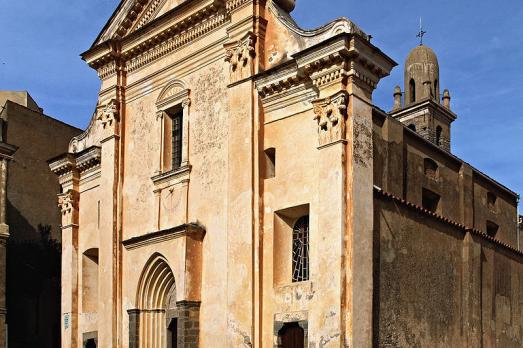
Speloncato, FR
The collegiate church of the Assumption-Santa Maria Assunta is located in Speloncato, Upper Corsica. It was first a Romanesque church that was built in 1509, but was promoted to a collegiate church in 1749. This required profound changes: the Santa Croce oratory, on the right side, was destroyed and rebuilt, and two collaterals, a baroque choir and exrta decoration were also added. The collegiate church is home to many objects listed as Historical Monuments, including several paintings and a historic organ.

Sonnenalpe Nassfeld, AT
This chapel was erected by the Austrians in 1918 after World War I near the border between Austria and Italy, just above the Pramollo pass, in commemoration to those fallen in the war.

new
Nestled amidst the serene landscapes of the Harz region, lies a hidden gem for nature enthusiasts and history buffs alike - the Harz Monastery Hiking Trail. Lace up your hiking boots and embark on this captivating adventure that will transport you back in time.

The Holy Mile (Miglio Sacro) of Naples is a one-mile-long itinerary, through sacred places linked to the city's patron saint, San Gennaro, in the Rione Sanità district. Discover the city from a new perspective with this unique walking tour.

As a university city, cultural offerings abound in Tartu and will reach their peak after being designated one of three European Capitals of Culture for 2024. In this list, we've compiled the most interesting sacred places to visit in and around the old town.